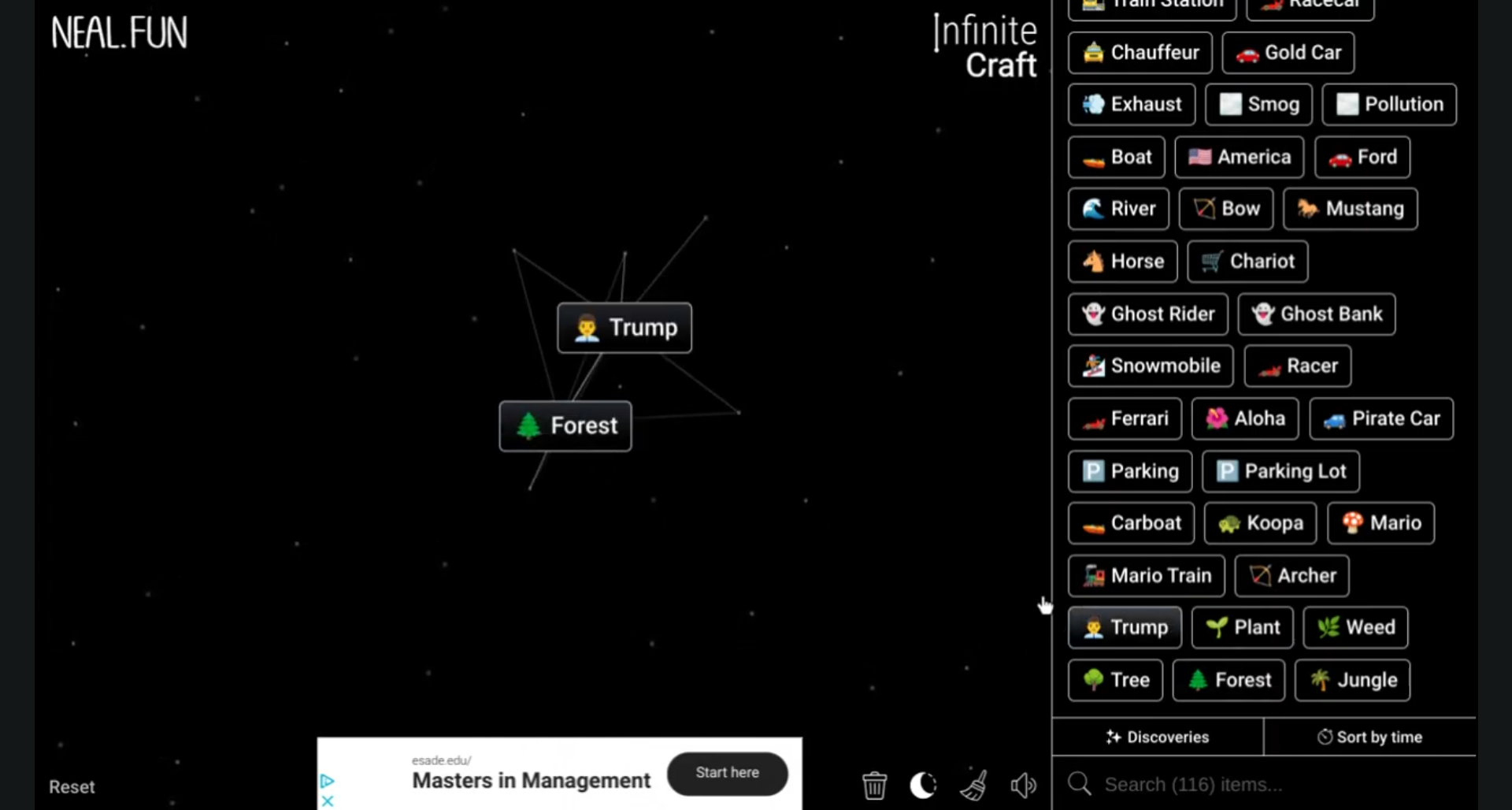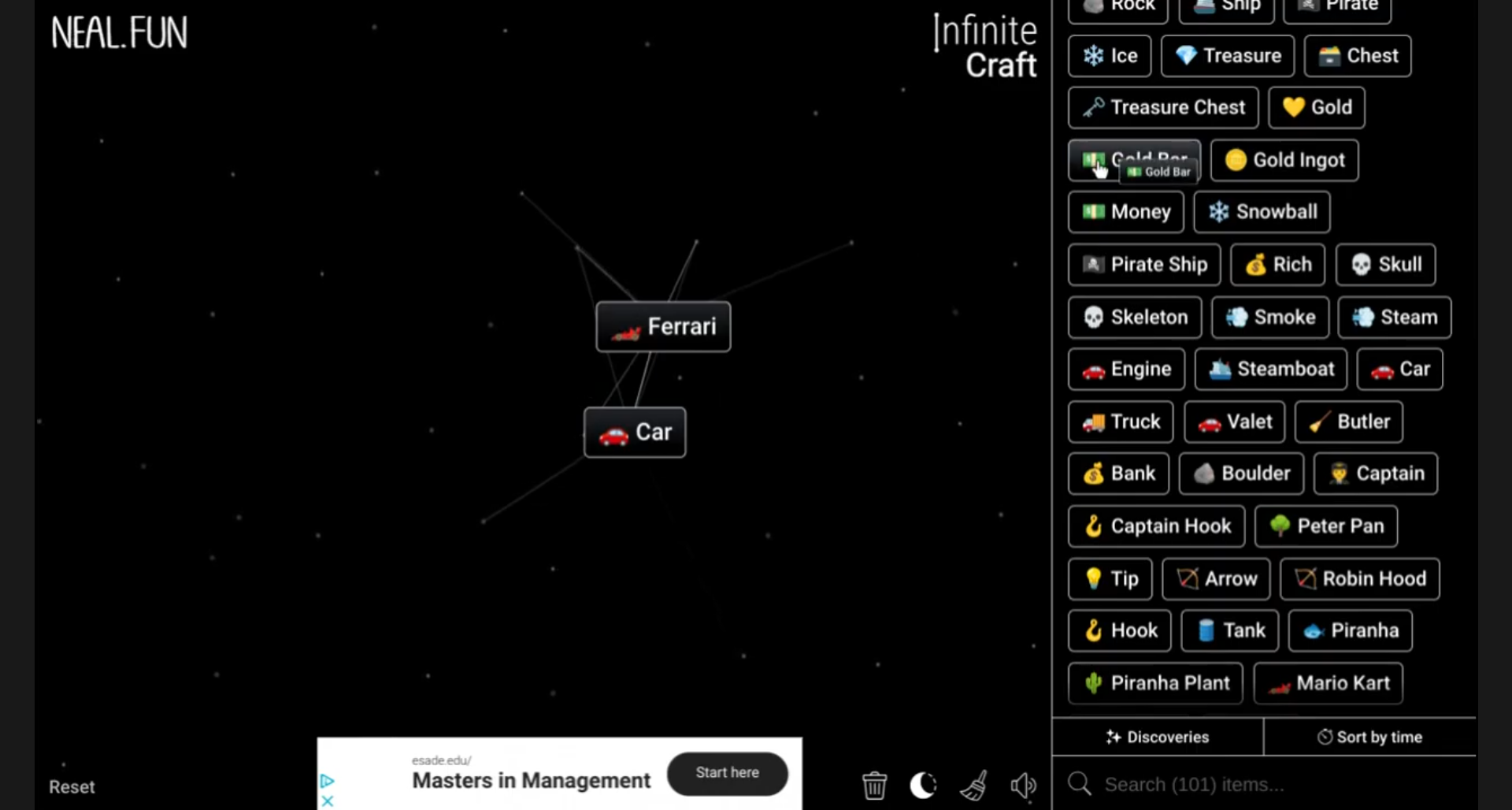Infinite Craft is a captivating game that immerses players in a rich world where creativity and survival skills intertwine. One of the fundamental aspects of gameplay is farming, with wheat serving as a cornerstone resource. Knowing how to make wheat in Infinite Craft not only feeds your character but also enables crafting and livestock breeding, enhancing your overall gameplay experience. This article guides you through everything you need to know to maximize your wheat farming potential, from planting to harvesting, crafting, and troubleshooting common issues.
Understanding Wheat in Infinite Craft
What is Wheat?
In the context of Infinite Craft, wheat is a versatile crop that plays a crucial role in food production and crafting. Players can use wheat to create a variety of food items such as bread, which is essential for restoring health, and cakes, which are vital for celebrations. Additionally, wheat is a key component in feeding and breeding animals, adding another layer of importance to your farming endeavors.
Benefits of Farming Wheat
Farming wheat provides numerous benefits that greatly enhance your gameplay:
- Sustaining Health: Wheat-based foods like bread and cakes restore health, helping you survive during battles and adventurous explorations.
- Breeding Livestock: Use wheat to feed and breed animals, ensuring a steady supply of resources such as milk, eggs, and wool.
- Diverse Crafting Options: With wheat, players can craft various consumables and items, enriching their crafting repertoire.
Basics of Wheat Farming
Required Materials for Wheat Farming
Before diving into wheat farming, gather the necessary materials:
- Seeds: Obtain wheat seeds by breaking grass blocks found throughout the game world.
- Tilled Soil: Prepare the ground using a hoe to create tilled soil, which is essential for planting seeds.
- Water Source: Accessibility to a water source is crucial; water must be within a certain distance of your tilled soil to ensure proper growth.
Choosing the Right Location
Location is vital for successful wheat farming. Consider the following factors:
- Sunlight: Ensure your farming area receives ample sunlight for optimal growth.
- Water Accessibility: Choose a spot near water bodies to facilitate easy irrigation.
- Ideal Biomes: Some biomes, like plains and forests, are especially conducive to wheat farming due to their rich soil and favorable conditions.
Steps to Grow Wheat in Infinite Craft
Step 1: Gathering Seeds
Start by gathering wheat seeds. Break grass blocks by punching or using a tool, and you will receive seeds, which are crucial for planting.
Tip: To maximize seed collection, consider using a tool that increases harvesting efficiency, or simply aim for a grassy area with dense growth.
Step 2: Tilling the Soil
Once you have your seeds, it’s time to prepare the soil. Use a hoe on dirt blocks to create tilled soil. This is the foundation for your wheat farming.
Recommended soil types: Use dirt or farmland blocks, as they provide the best results for crop growth.
Step 3: Planting the Seeds
Now that the soil is prepared, it’s time to plant your seeds. Simply right-click on the tilled soil block to plant your seeds.
Importance: Pay attention to spacing; leaving a block between seeds allows for better growth and yield.
Step 4: Watering and Sunlight
Wheat requires both water and sunlight to grow. Ensure that your tilled soil is within a 4-block radius of water, and plant it in an area that receives plenty of sunlight.
If using buckets, you can also manually water the crops to accelerate growth during dry seasons.
Accelerating Growth of Wheat
Fertilizers and Growth Boosts
Using bone meal can significantly enhance growth speed by effectively fertilizing the soil. Other growth-boosting methods include:
- Watering: Frequent watering can help, especially in dry biomes.
- Optimal Spacing: Ensure you have proper spacing to prevent overcrowding that may slow growth.
Managing Growth Stages
Wheat undergoes several growth stages. Familiarizing yourself with these stages allows for timely harvesting:
- Growth Stage 1: Seeds are planted.
- Growth Stage 2: Sprouting begins.
- Growth Stage 3: Wheat is fully grown and ready for harvest.
Harvesting Wheat
Recognizing When Wheat is Ready
Waiting for the right moment is key to maximizing your harvest. Look for color changes in wheat; ripe wheat typically appears golden.
Timing considerations: Harvest during the day to avoid nighttime dangers and increase efficiency.
Harvesting Techniques
When it’s time to harvest, you can do so using your hand or by employing a sword or tool that aids in breaking blocks. To avoid losing resources, ensure you’re quick and efficient when harvesting.
Replanting for Continuous Harvest
Importance of Crop Rotation: Immediately replant your seeds after harvesting to ensure a continual food supply.
Replanting Tip: Keep a consistent pattern to maximize space and growth efficiency.
Crafting with Wheat
Basic Recipes Involving Wheat
Wheat is essential for crafting various recipes:
- Bread: Combine three wheat in a row on the crafting table to make bread.
- Cake: Use wheat, sugar, milk, and eggs to craft a delicious cake.
Using Wheat in Animal Breeding
Bread and other wheat-based foods are not just for humans; they play a pivotal role in animal breeding as well. For instance, feeding cows and sheep wheat can help in breeding.
Breeding Mechanics: Understand that the animals will enter a breeding state, and new offspring will emerge shortly after feeding.
Troubleshooting Common Issues
Problems with Growth
If your wheat isn’t sprouting, inspect your conditions:
- Lack of Water: Ensure your tilled soil is close enough to a water source.
- Sunlight Issues: If your crops are blocked by structures or other plants, growth may be hindered.
Managing Inventory
Keeping your inventory organized is crucial, especially when dealing with large quantities of seeds and wheat. Utilize chests for storage and keep your seeds readily available for quick planting.

Summary of Key Points
| Aspect | Details |
|---|---|
| Wheat Definition | A versatile crop for food and crafting. |
| Key Materials | Seeds, tilled soil, water source. |
| Optimal Location | Sunlit areas near water bodies. |
| Growth Techniques | Bone meal and proper watering. |
| Harvesting Signs | Golden color indicates readiness. |
| Crafting Uses | Making bread, cake, and animal breeding. |
FAQs about How to Make Wheat in Infinite Craft
1. How do I break grass blocks to gather wheat seeds?
Simply punch or use a tool on grass blocks until seeds drop.
2. What’s the best tool to till soil for wheat farming?

A hoe is the best tool for creating tilled soil.
3. How can I tell when my wheat is ready to harvest?
Ripe wheat appears golden, indicating it’s time to harvest.
4. Can I use bone meal on my wheat?
Yes, bone meal can accelerate growth speed.
5. What should I do if my wheat isn’t growing?
Check for adequate sunlight and water proximity.
6. Can I breed animals using wheat?
Yes, wheat can be used to breed multiple animals like cows and sheep.
7. Is crop rotation important in wheat farming?

Yes, it ensures continued harvests and better soil health.
8. What options do I have for storing wheat?
Utilize chests and organize your inventory for effective storage.
9. Are there any specific biomes ideal for growing wheat?
Plains and forest biomes are particularly suitable due to their fertile land.
10. How often should I check on my crops?
Regular visits are recommended to ensure optimal growth conditions.
With this comprehensive guide on how to make wheat in Infinite Craft, you’re well-equipped to embark on your wheat farming journey. Embrace the farming mechanics and explore other crops and farming techniques, enhancing your gameplay experience even further!
For more tips and community discussions, consider visiting sites like Infinite Craft Community or Infinite Craft Forums to share your experiences and learn from fellow players!